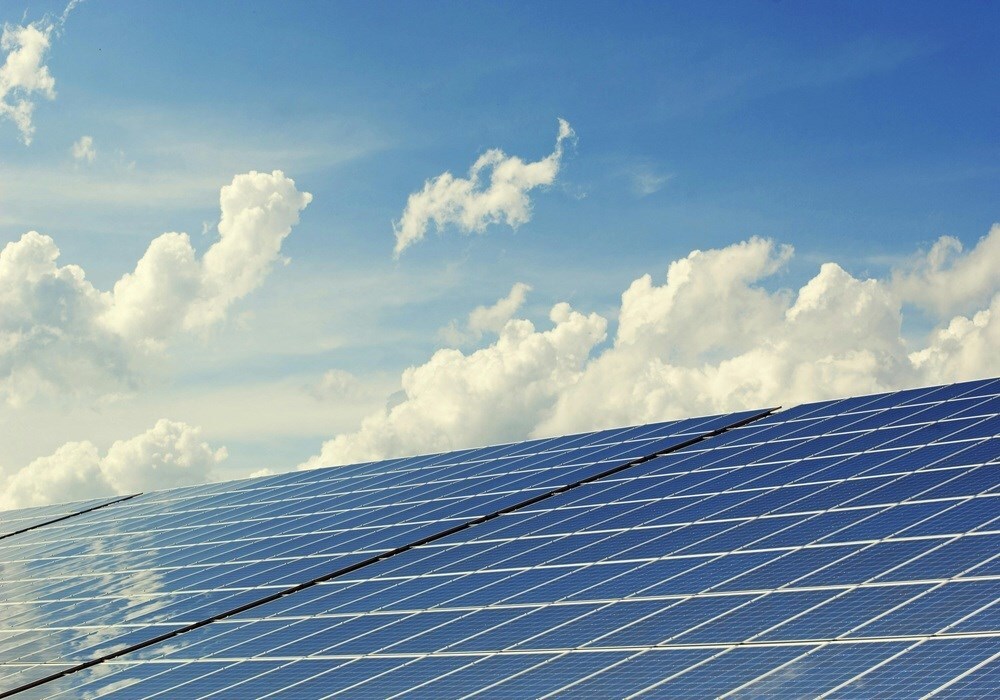

Indian renewable energy firm Adani Green Energy has added two new subsidiaries, Adani Hydro Energy Thirteen (AHE13L) and Adani Hydro Energy Sixteen (AHE16L), under its wholly owned arm Adani Saur Urja (KA) Ltd, generating and distributing electricity from solar, wind. This forms part of a broader effort to localise operations. It is also aimed at speeding up project delivery. Both companies were incorporated on November 21, 2025, with each carrying an authorised and paid-up capital of INR 1,00,000 (USD 1,116).

Gujarat offers strong solar and wind potential, making it a practical base for faster project rollout. Setting up dedicated entities in the state gives Adani Green closer operational access and quicker movement through key regulatory processes such as land approvals, grid-connection permissions, environmental clearances and state electricity regulatory filings.The company said the new subsidiaries are tasked with handling the full chain , to generate and distribute renewable power, including developing, transforming, transmitting and supplying electricity produced through solar, wind, or any other clean energy sources.
Explore- Most accurate data to drive business decisions with 50+ reports across the value chain
Why does separating subsidiaries matter
Creating AHE13L and AHE16L allows Adani Green to adopt a modular project structure. This reduces risks linked to large, centralised portfolios. It also helps the company run multiple projects in parallel. Localised entities give better control over land acquisition. They also improve coordination on grid tie-ups. They help manage construction timelines more effectively. These stages are often the most time-consuming in renewable project execution in India.
This approach is becoming more common among large energy developers, as distributed corporate structures allow clearer governance and improved financial management for region-specific assets.
Read Also: Global renewables investment hits $807B but growth momentum fades, IRENA warns
Strengthening the broader growth pipeline
The company said it will streamline regional operations and support the next phase of capacity growth. Adani Green has been adding renewable projects across several states. It aims to build scale while keeping project execution predictable.
The move also supports India’s decarbonisation goals. Developers are now shifting towards hybrid systems that combine solar, wind, and, later, storage.
The new units follow an industry trend of placing focused teams in states with mature renewable networks. Gujarat’s strong transmission systems make this possible. Its stable policies also help developers roll out multi-phase projects effectively.
Don't miss out- Buyers are looking for your products on our B2B platform
Responses








